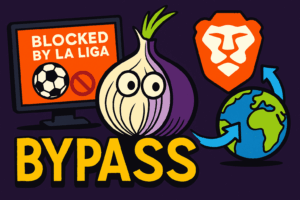Description: Programming is the process of designing and building executable computer software to achieve a specific task. This process involves writing code in one or more programming languages, which are sets of instructions that a computer can understand and execute. Programming is not limited to creating software applications; it also encompasses the development of operating systems, hardware drivers, algorithms, and data structures. Programmers use various tools and development environments to facilitate software creation, including text editors, compilers, and debuggers. Code quality is fundamental, as well-written software is more efficient, easier to maintain, and less prone to errors. Additionally, programming has become an essential skill in the digital age, enabling businesses to automate processes, analyze data, and create innovative solutions. In an increasingly interconnected world, programming also plays a crucial role in the development of emerging technologies such as artificial intelligence, robotics, and embedded systems, making it a constantly evolving discipline of great relevance across multiple sectors.
History: Programming has its roots in the 1940s when the first electronic computers were developed. One of the most significant milestones was the creation of the Assembly programming language, which allowed programmers to write instructions in a more understandable format. In the 1950s, high-level languages such as Fortran and COBOL emerged, making programming easier by abstracting complex hardware details. Over the decades, programming has evolved with the emergence of languages like C, C++, Java, and Python, each bringing new features and paradigms. The advent of the Internet in the 1990s further propelled programming, leading to the creation of web applications and the development of languages like JavaScript. Today, programming is a fundamental skill in the digital economy, with a significant impact across various industries.
Uses: Programming is used in a wide variety of applications, from software development and mobile applications to embedded systems and hardware drivers. In the business realm, it is employed to automate processes, manage databases, and create customized solutions that enhance operational efficiency. In data science, programming is essential for data analysis and visualization, enabling organizations to make informed decisions. Additionally, programming is fundamental in the development of artificial intelligence and machine learning, where algorithms are created to allow machines to learn and adapt. In robotics, programming is used to control the behavior of robots and enable them to interact with their environment.
Examples: Examples of programming include the development of mobile applications like WhatsApp, which uses languages such as Java and Swift, and enterprise management software like SAP, which is based on languages like ABAP. In the field of artificial intelligence, languages like Python are used to create machine learning models, such as those employed in recommendation systems. In robotics, languages like C++ and Python are used to program the behavior of industrial robots, such as those found on automotive assembly lines.



